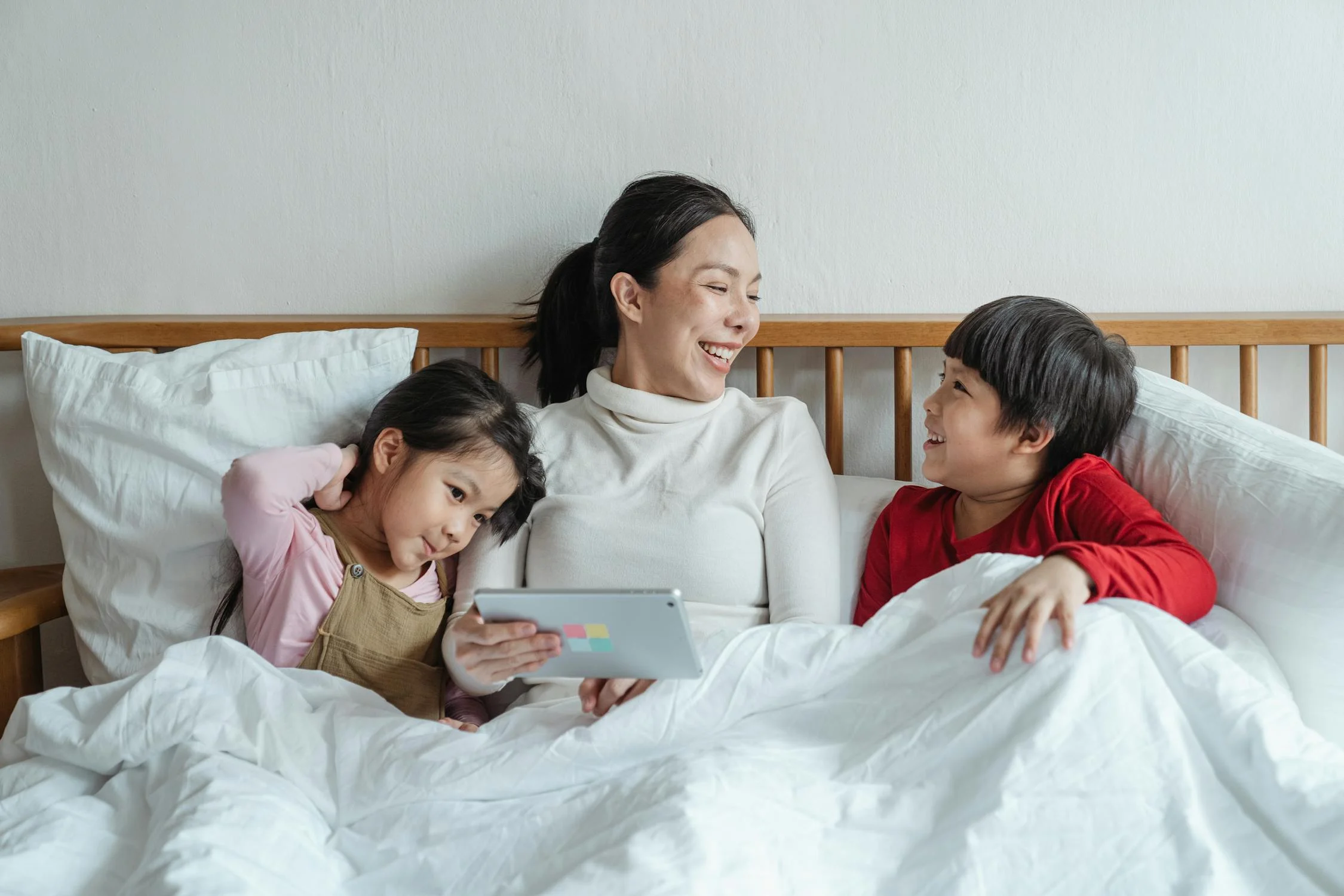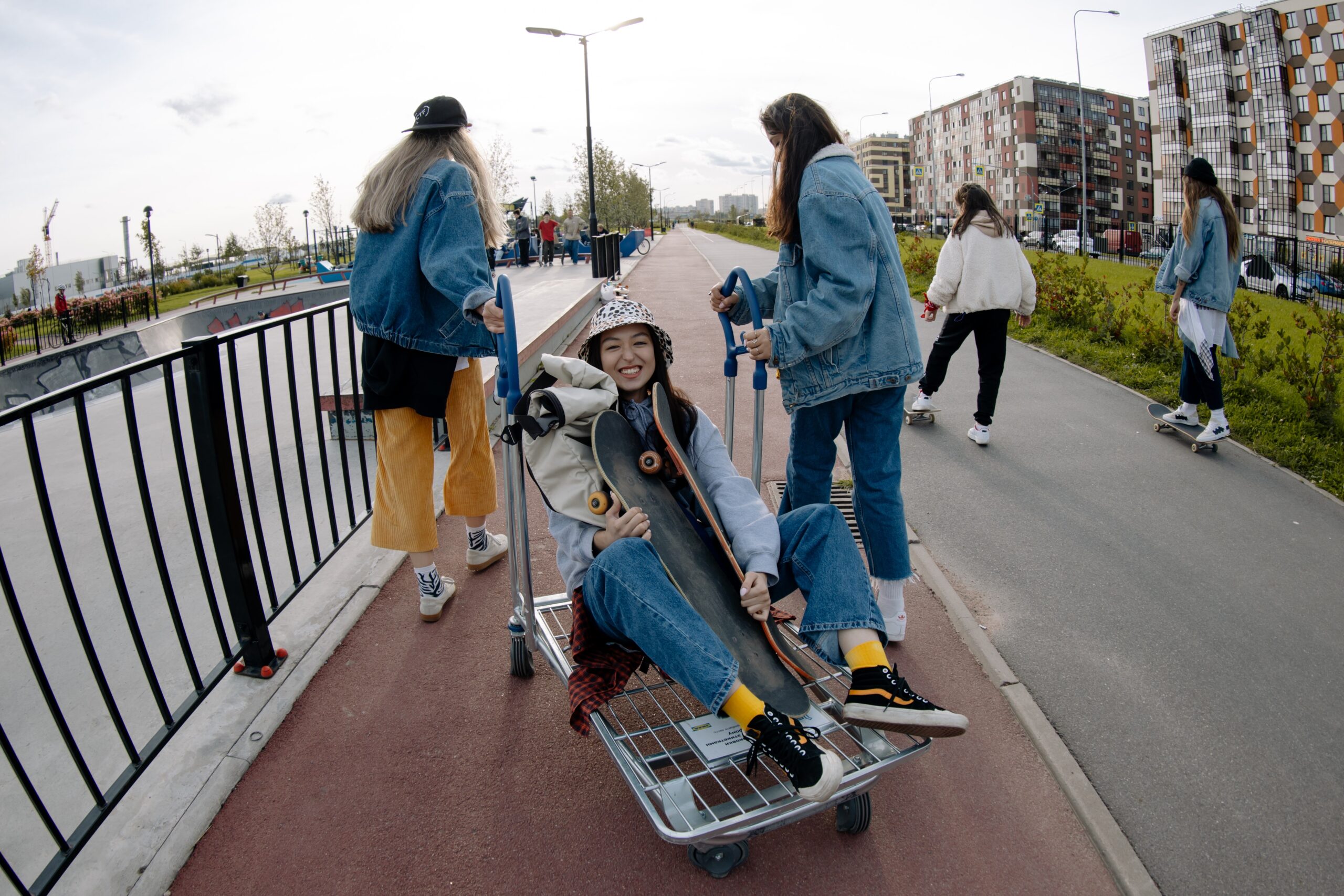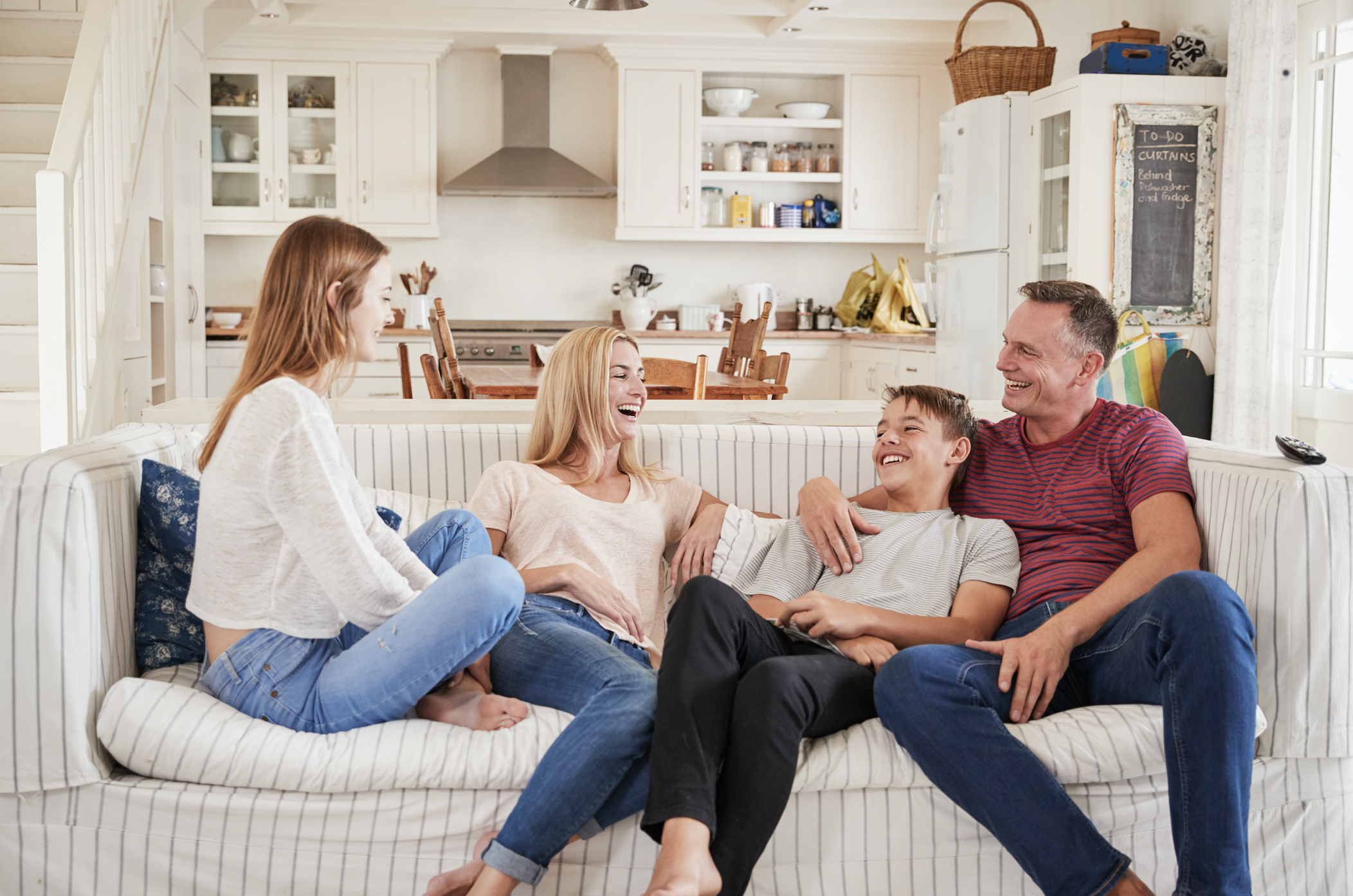
How to Start a Conversation About Race with Kids
I recently met with a group of teachers and parents to talk about the “Black Lives Matter” protests. Within this group, there were caring adults on both sides of the issue: some that were completely affirming of the protests (even the damage to property) and those who were against the protests, believing they’re not the best way to accomplish the goal.
While there was disagreement as to who the “good guys” and the “bad guys” were, I did find everyone agreed upon one truth: we must have conversations with our young people. We cannot let media and social media determine their conclusions for them. Unsurprisingly, there was also agreement on how difficult this would be. Very few people can talk about the issues of race and inequality without becoming very passionate.
This is especially true between students and authority figures.

How Can We Help Foster the Conversation?
So, how can we be positive, hopeful guides to today’s young generation? Below are some ideas to get you started.
1. It’s important to start by reading and observing what’s happening.
We must educate ourselves. Don’t avoid the news, in fact, choose to watch programs on Netflix, like “13th,” “The Hate U Give” and “When They See Us.” These are graphic shows and documentaries that are designed to spark discussion. We must lead our family in doing homework. To speak to the present, we must understand the past.
2. We should initiate open and honest conversation and begin with listening.
I have recognized more than once the last few weeks that I need to start by listening not by talking. So, my job is to initiate a conversation with young people (including my family) but once it’s started, my job is to listen and learn. I have learned much from students. Communication is key, especially during this time of unrest and emotion.
3. Look at your community: do you see diversity in it?
There may just be an elephant in the room. Do your kids notice that your neighborhood, or swim club, or golf and tennis team or church family are all one race? It’s often natural but we should be intentional about being inclusive and finding friends who don’t look like us. Admit your shortcomings and find creative ways to make improvements.
4. Acknowledge your own anxieties and discomfort.
Worse than being “uncool” these days, is being unreal. Our kids need to see adults today display genuine emotion. If we’re feeling anxious, we can acknowledge it. If we don’t know how to respond, we can be honest and say so. If we are uncertain about our mixed emotions, we should voice it, then lead the way in transparent conversation. Your honest disclosure will not diminish their respect for you; it will increase it.
5. Keep it real. Keep it honest.
Whatever you do, let down your guard and be authentic. In fact, demand it in the conversation. No pretense. When the issue of racial discrimination and police brutality comes up, I’ve found it helpful to push past mere concepts and name the names of the victims: George Floyd. Treyvon Martin, Breonna Taylor, Freddie Gray, Eric Garner, Tamir Rice, Justin Howell. Be forthright. This wins respect and earns your right to have a voice.
6. Remember: silence is corrosive. Don’t try to be color blind. Talk about it.
The human gene project reminds us that 99% of our DNA is the same, regardless of our ethnicity. For some reason, races have divided around what’s different rather than what we have in common or how we can complement each other in our strengths. Have you taught the value of the differences each race brings to our world? We would not have progressed technologically, scientifically, athletically, and musically without all races.
Over the next decade, America will become increasingly diverse. White people will shrink to less than 50% of the population, overshadowed by the population of African Americans, Latinos, and Asian Americans. If we care about a healthy future, we must expose our kids to other races and become bridges not walls between them. I’ll never forget an interview with Tiger Woods’ father when he was a young golfer. Since Tiger’s dad was black and his mother was of Asian descent, the interviewer asked what race Tiger claimed to belong to. His dad never missed a beat. He simply said, “The human race.”






